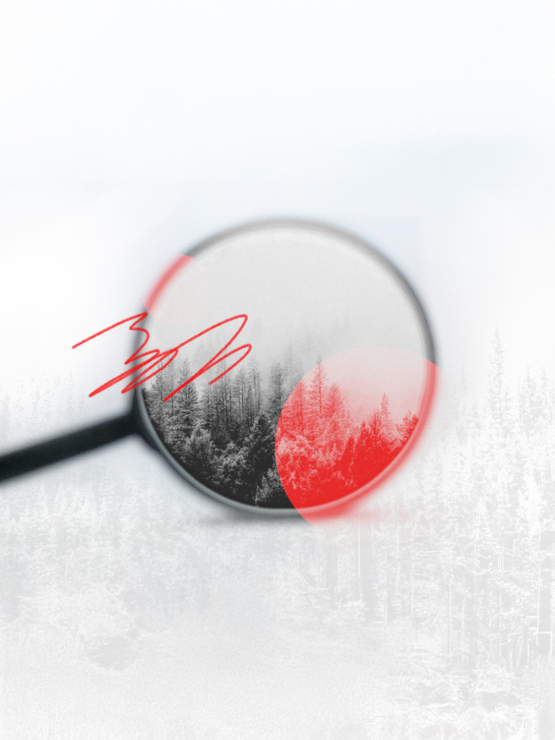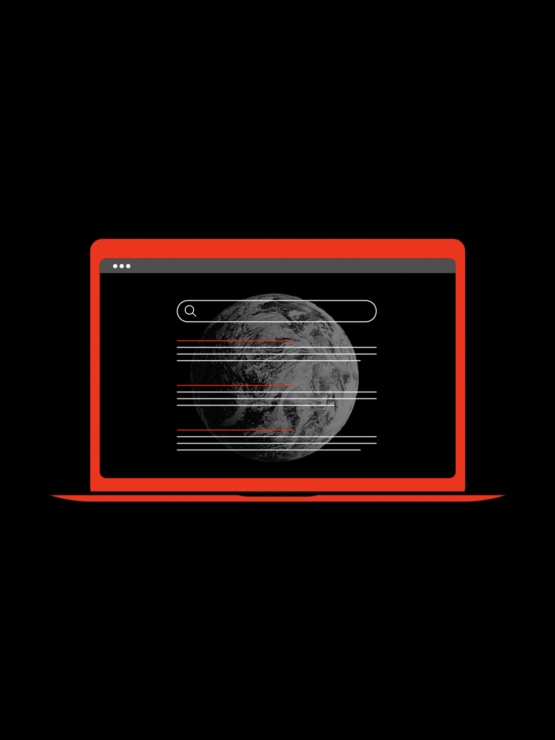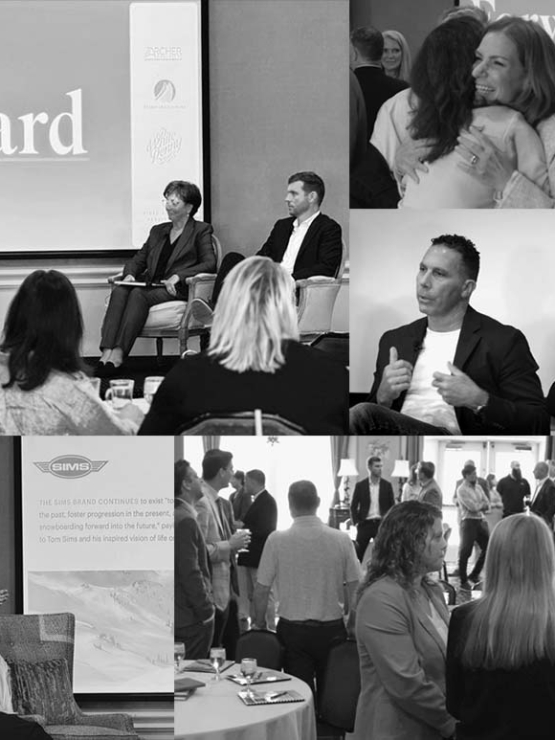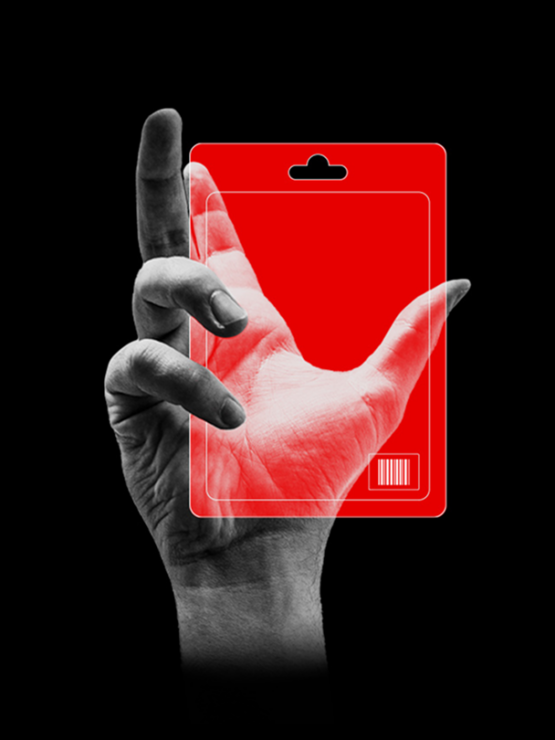Taking an Honest Look at Your Identity and How it Affects Your Brand
It’s important for entrepreneurs to understand that their “Brand” is the collective emotional response to their product or service. A brand is not a logo, and it’s certainly not a URL. Those things are the stimulus, while the brand is the response. It’s something out there, in the hearts and minds of the people you hope to sell to.
That’s about as concise and accurate a definition of branding that you’re going to find, and it’s courtesy of Mike Troiano (@miketrap) in his article Startup Branding: A Practical Guide for Entrepreneurs. Our work as Brand Strategists, whether you’re doing it for your own business or you have hired an experienced brand consultancy (Hi!) to help you with it, then, is to get to the fundamentals: what are the components of my identity with which customers come in contact (“stimulus” or, in industry parlance, “identity”), and how is it that I want my customers to feel when they interact with those components (“response” / “brand”)? So let’s do that. Let’s put [whitepenny] up to the identity / brand fire and see if we get burned.
What would we like [whitepenny]’s brand to be?
Like most businesses, we started as a smaller version of ourselves. We were simply a design shop. We’d do logos. We’d design business cards and letterhead, brochures and mailers. We’d design websites and fumble through html and a CSS specification that was still getting its sea-legs. Here’s what we wanted people to think: “Damn those kids are good designers.” That was pretty much it. We just wanted to design stuff and have people say “Cool.” If you’re a designer, you can already see the holes. We had no real sense of aligning design with business goals, very little understanding of how important client involvement is in delivering a good and appropriate product, and very healthy egos telling us that we knew design and if you didn’t like it, you must not know design. I’m both envious and embarrassed of the chutzpah of those two guys.
Now that we’ve been in the industry going on 10 years, we’ve been able to slowly and methodically develop a true and meaningful sense of what we’re about and how we want to be perceived. In words, it’s something like this: “Those guys love our business and what we stand for, and they helped us develop our identity and business strategy to help us find and attract others who would feel the same way. And we look damn good.” Whether it’s the design of a logo or the human interface of a website, the message is the same: this is a great company.
Is [whitepenny]’s identity in line with our desired brand?
Our Website
We’ve just released a new website (you’re on it!), and in a hokey way, it’s a virtual love letter to our clients. We are fortunate to have great people with great businesses who want to work with us. And while we strictly adhere to our “No Assholes” policy, we’re fortunate to be in the position to be able to take that stance at all. We lived our mantra of putting the client first by literally putting the client first (go to the homepage and scroll down. They’re there. They’re great.). What about that “Above all Else, Be Memorable” line? Well, that’s a line that we love and we’ve used for years now, but we could probably mothball it and have our tagline convey the sense of kinship we feel with our clients (Not yet though. We’re too attached to it.).
Our Logo
Simon Walker helped us develop this new logo. This brings up a question: why did a branding agency go out and hire someone else to design a logo for them? Easy: we wanted to bring someone in with fresh eyes who didn’t have an emotional attachment to our identity. Plus, he’s a genius, we love his work, and we just wanted to work with him. After many iterations, here’s the full result in which our new logo sits:
We love it. It conveys a sense of history. It’s playful. It’s well-designed. It just works. It probably doesn’t convey the kinship angle we’ve developed here. But here’s the thing: it doesn’t have to. By itself, it never will. But as we continue to use it, and as we continue to surround it with our identity, it will take on those qualities. If a logo conveys one thing well and is unique, it’s a good logo. This one does and is, and that’s really all you can ask of it.
The main ingredient
There are many other components of our identity that are designed to elicit our brand: our physical office space, our advertisements (new ones coming soon, we swear), the articles we write on this blog, our tweets, etc. They’re all very important aspects of developing our brand. But all of them (including our logo and website) pale in comparison to the most important component of our brand: how we interact with our clients. This is more Jon’s arena, and I’m sure he’ll talk more about it in the articles to come, but suffice it to say that we wouldn’t be where we are today, and we wouldn’t be headed in the direction we’re heading without a keen understanding of how we handle client relationships and how our actions affect our brand. Good design is a given. You’re going to get good work at any agency on the up-and-up. What you won’t always get is accessibility, timeliness, compassion, and care. These are hard to quantify and convey until you experience them, but the thing we hear from clients that makes us proudest is that we’re not like most other companies they’ve worked with. This wasn’t something our business was born with – it was something we had to cultivate and grow, and it has taken us years to get sufficiently good at it.
A brand agency is doing OK when it comes to their brand. Film at 11.
It definitely helps to have the resources in house to develop a clear and concise identity. But we firmly believe that even with a small budget you can take steps to positively impact your identity and start to influence the discussion around your business. Here are a few:
- Do the exercise we did here. Take stock in your identity and make sure you know what you’re about and what response you’d like from your customers. Be honest with yourself. Be brutal. Now start fixing it. What are the steps you can take to make sure that your identity matches this vision?
- Compare yourself with other companies that you admire (we’ll do this with [wp] in a future post). How are you similar? What are they doing that you like that you could be doing today?
- Take the long view and understand that the things you do today aren’t necessarily going to help today. But they’ll get the ball rolling. So posting to Twitter might seem pointless now, but having that stream of interesting articles, tips, and pictures of the company dog doing dog things is going to start conveying your identity quicker than you think.
- Start getting a budget together to hire someone to help you with your identity materials. If your website sucks, it needs to change. But you’re never going to have enough time, attention, money, and motivation to change it unless you start planning to change it. Take a look at your logo, your website, your trucks, your uniforms, etc. and be honest about their effectiveness. Then, make a choice to make them better.
What’s next?
In addition to raving about our clients and their successes, we’re going to use this blog to put together more articles like this that we think will help the everyday business owner. We have some great ideas, but what’s next can also be up to you. Tweet us an idea and we’ll see if we can make it happen. And, if you’re not following us…
We’d love for you to follow us on Twitter here: @whitepenny




